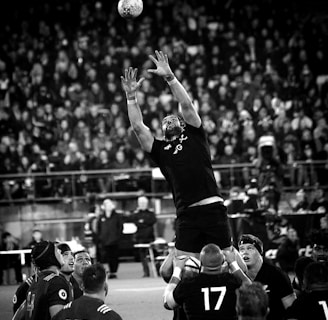🧠 Understanding Post-Concussion Syndrome: What It Is and Why It Lasts
Post-Concussion Syndrome (PCS) can feel confusing and isolating — especially when symptoms linger far beyond the expected recovery time. In this post, we break down what PCS really is, why it happens, and how to recognize the signs. Whether you're newly diagnosed or still searching for answers, this guide helps you make sense of what your brain is going through and what steps to take next.
5/7/20252 min read


What Is Post-Concussion Syndrome?
Post-Concussion Syndrome is a complex set of symptoms that continue for weeks, months, or even years after the initial injury — even after the brain appears structurally “normal” on imaging like MRIs or CT scans. PCS is not just “in your head”; it's a real, medically recognized condition that affects how the brain functions after trauma.
Common causes include:
Falls
Sports injuries
Motor vehicle accidents
Blows to the head (with or without loss of consciousness)
Why Does It Last?
One of the biggest questions people ask is: Why am I not better yet?
There’s no single answer, but PCS symptoms are believed to be the result of a combination of physical, chemical, and emotional factors:
Neurological inflammation: Your brain needs time to calm and rebalance after trauma.
Autonomic nervous system dysregulation: This can affect heart rate, blood pressure, and energy levels.
Mental health factors: Anxiety, depression, or the stress of not feeling “normal” again can worsen or prolong symptoms.
Individual differences: Prior concussions, age, and overall health can all affect recovery time.
Recognizing the Symptoms
PCS looks different for everyone, but here are some of the most common symptoms:
Headaches or pressure in the head
Dizziness or balance problems
Brain fog or difficulty concentrating
Sensitivity to light or noise
Fatigue
Sleep disturbances
Mood changes, including irritability or sadness
Vision or hearing issues
These symptoms can fluctuate day to day, often worsening with physical or cognitive exertion — a phenomenon known as “post-exertional symptom exacerbation.”
What to Do Next
If you suspect you're experiencing PCS, here are the next steps:
Seek medical validation: A neurologist, concussion specialist, or brain injury clinic can assess and diagnose PCS.
Track your symptoms: Keeping a daily journal can help identify triggers and track progress.
Practice pacing: Learn to balance activity with rest — pushing too hard can set you back.
Focus on whole-body healing: Nutrition, sleep, mental health, and gentle movement (like walking or vestibular therapy) all support recovery.
Know that recovery is possible: Many people do recover fully with time, support, and the right strategies.
You’re Not Alone
PCS can feel invisible to others, but your experience is valid. Recovery may not follow a straight path, but with education, patience, and the right support, you can begin to heal and regain control of your life.